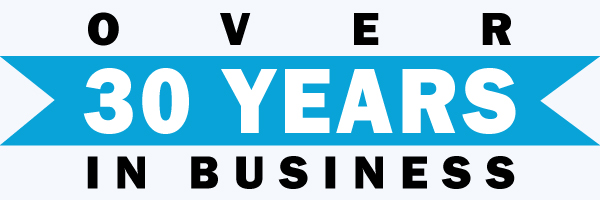Muscle Testing: A Basic Building Block of Patient Wellness
 Muscle strength is one of the basic building blocks of patient wellness, and, along with mobility, plays a key role in determining a patient's or subject's maximum functional ability. While most practitioners are familiar with the typical "manual resistance" test, some are still not yet aware of the benefits of quantifying and comparing actual force output from a subject's muscles and muscle groups.
Muscle strength is one of the basic building blocks of patient wellness, and, along with mobility, plays a key role in determining a patient's or subject's maximum functional ability. While most practitioners are familiar with the typical "manual resistance" test, some are still not yet aware of the benefits of quantifying and comparing actual force output from a subject's muscles and muscle groups.
Patients may already have a pretty clear idea of the importance of measuring strength: their muscles keep them moving, allow them to do their work, their play, basic activities of daily living, or hug their family. But there's more: in addition to providing a good indicator of therapeutic progress after an injury, subtle changes in bilateral strength or agonist-antagonist joint motions can help to identify changes in wellness that can help to forecast potential injury (or re-injury) in the future, based on changes in performance that might be imperceptible to manual examination alone.
In some cases, a patient themselves may not be aware of their muscle strength limits. Jenny at Baylor Heart and Vascular Hospital told us this story about a 30-year-old heart valve replacement patient who wanted to return to work after surgery:
He was told by his physician not to lift more than 10 pounds or his sternum would crack open. We took him into our lab to test his bicep curl. He curled 79 pounds and when we showed him the graph of what he did, it was like he had a light-bulb moment. He lifted 79 pounds and his sternum did not crack open. We had been telling him over and over he could lift more than 10 pounds but he was still unsure until he saw the JTECH graph. Now he can go back to work and not worry. This is a BIG DEAL for him!
Central to the process of quantifying muscle strength is the concept of muscle isolation. In much the same way a patient might be positioned on a table to leverage limb or trunk strength, testing muscles (or specific muscle groups) on an individual basis allows for greater control and accuracy during tests, as well as providing maximum reproducibility for future tests and comparisons, even with different examiners.
When an examination is performed using standard positions and procedures, measurement tools like JTECH's Muscle Strength Testing devices can capture a highly precise maximum value, as well as variation data and bilateral differences. Using software such as JTECH's Northstar also makes it easier to track progress and generate report output for a variety of referral, med-legal, athletic, or patient education scenarios.
Outcomes, users tell us, have often been based on outdated or simplistic evaluations that don't paint a true picture of the patient's performance, or compare to baselines or other objective indications.
We've only covered a small portion of the uses for trunk and limb strength measurements, and in the future we will also introduce a number of other strength evaluations and give some ideas about how they can be implemented in meaningful ways to improve performance and quality of life through sound evaluation techniques!
Baylor Heart & Vascular Hospital JTECH Muscle Testing Northstar Software
Share this article:


